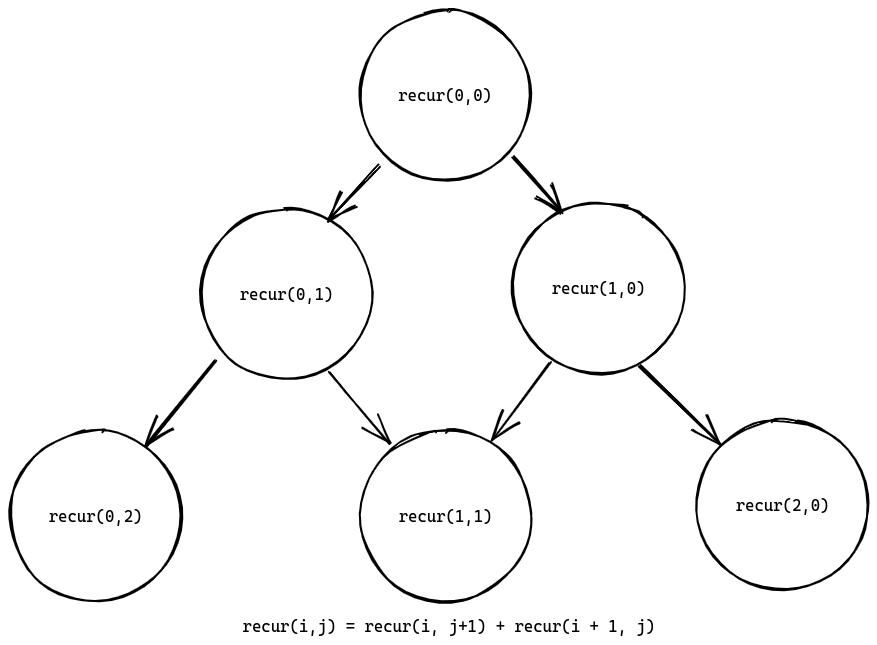Patterns for designing algorithms
These are some patterns commonly occuring while designing algorithms. While, you may primarily devise algorithms to solve technical coding problems for your software interview, they are quite useful in real life as well. Thus, for each question I’ve not only included links to Leetcode questions but also references to real life applications. Also, this is a living document and would keep getting updated.
Sliding window
When you want to maintain a characteristic while looping through an array. For eg. In the longest substring without repeating characters problem, we maintain two pointers i and j which form the sliding window. We maintain the characteristic that the substring between i and j does not contain repeating characters. We keep moving j(right pointer) until we find a repeating character. Then we move i(left pointer) until the substring between i and j does not contain repeating characters. This is the general idea of sliding window.
Problems
Binary Search
Definitions
- Problem: A statement which needs to be true for the solution. i.e. The element is the maximum of all the elements or it is a peak element or it is the first bad version.
- Search space: In binary search we have two pointers
lowandhigh(some might preferleftandright). This represent the search space where we search for the solution - Solution: The element in our search space which solves the problem.
Loop invariants
For a binary search algorithm we generally need to prove two loop invariants.
- For each iteration, the search space always contains a solution.
- The search space reduces on each iteration, finally to only include the elements which can be a solution
- At each step of iteration you should reduce the search space to only include the elements which can be a solution
- The termination of loop can be proved when the search space is reduced to a single element which is the solution.
Real-life application
Git bisect
git bisect is a widely used command for identifying regression bugs. You specify a bad commit (typically the current branch’s tip) with the bug and a good commit from the past without the bug. The command then conducts a binary search, guiding you to the midpoint of the specified commits. You confirm whether the midpoint commit is good or bad, informing git accordingly. This reduces the search space through binary search, and the process repeats until the bug’s introduction commit is pinpointed.
Dynamic programming
Definitions
- memo: Any data structure, dictionary,map,array,matrix, which stores results of previously computed values to use later.
Steps for solving with dynamic programming.
The ideas here are derived from MIT 6.006 lectures
- Define subproblem. Eg. I’m taking the example for text justification shown in the lectures. We define
dp(i)as the minimum badness for the text starting after wordi. DP problems can be solved iteratively as well as recursively. Doing recursive DP is top-down and iterative is bottom-up. In the lecturesdp(i)is used when recursive approach (ordp[i]when doing bottom up iterative approach). - Guess and break the current subproblem in such a way that it stays in the same structure of original subproblem. Eg. We guess that breaking at
jis the best choice. But we don’t blindly trust the guess and findmin(badness(i,j) + dp(j))for alljranging fromi+1ton. This is the brute force part. - When you are doing recursive DP you are building top down recursive tree. Notice that, to know
dp(i)we calldp(j). We can saydp(i)is the parent ofdp(j)for alljranging fromi+1ton. You can visualize such a recurrence relation as shown in the diagram, in the tips section below. - We also need to check for base cases to ensure program termination. Eg.
dp(n)can be calculated asbadness(n, n)which forms the base case. - We also need to check for topological order to ensure program termination. In our example, we can clearly see that the value of
iindp(i)becomes0,1,...n-1. Hence the topological order in which we would have answer isn, n-1, … 0(from base to top). - Check if we solve our original problem. Our original problem here is
dp(0).
Tips for dynamic programming algorithms:
- Most DP problems are optimization problems where we have to find the min or max of a property. There are problems apart from optimization where DP is useful such as calculating the total count of some property like in Fibonnaci numbers, finding if a certain proposition is true or not like in Wildcard matching.
- DP is careful brute force. Try to come up with a brute force solution and then optimize it seeing the substructure.
- When you are building a recursive solution and you find overlapping subproblems then you should use a memo and thus it converts to a dynamic programming problem. eg. Below is a recursive function which has a overlapping substructure. You can see that
recur(0,1)andrecur(1, 0)utilize the value ofrecur(1,1)and thus have an overlapping substructure. If a memo is not used then it needs to compute the problem again.

- Use parent pointers to reconstruct the solution as in MIT 6.006.